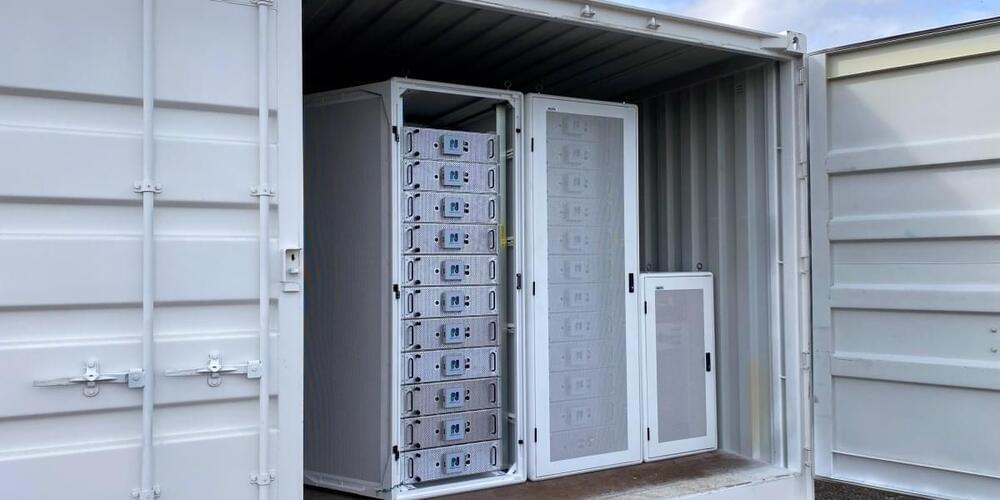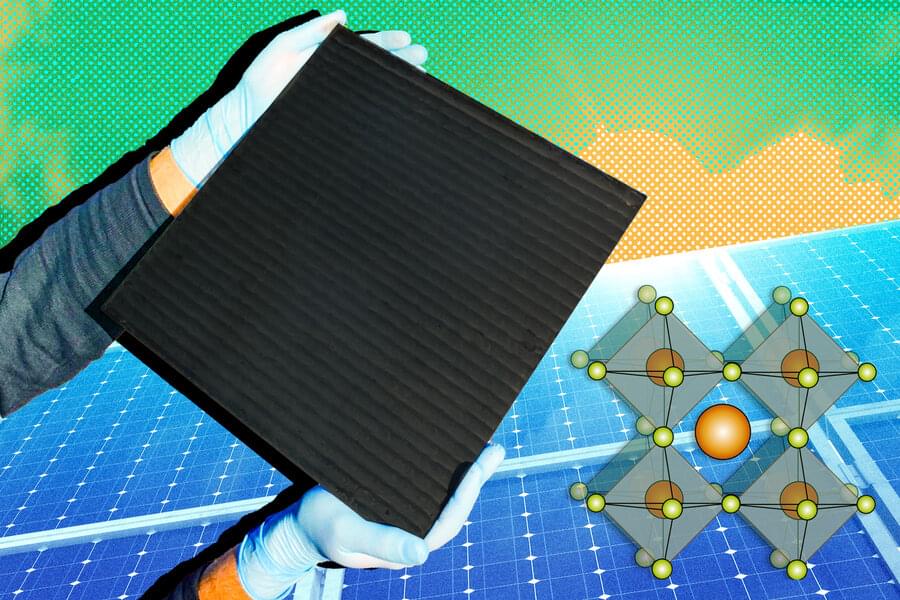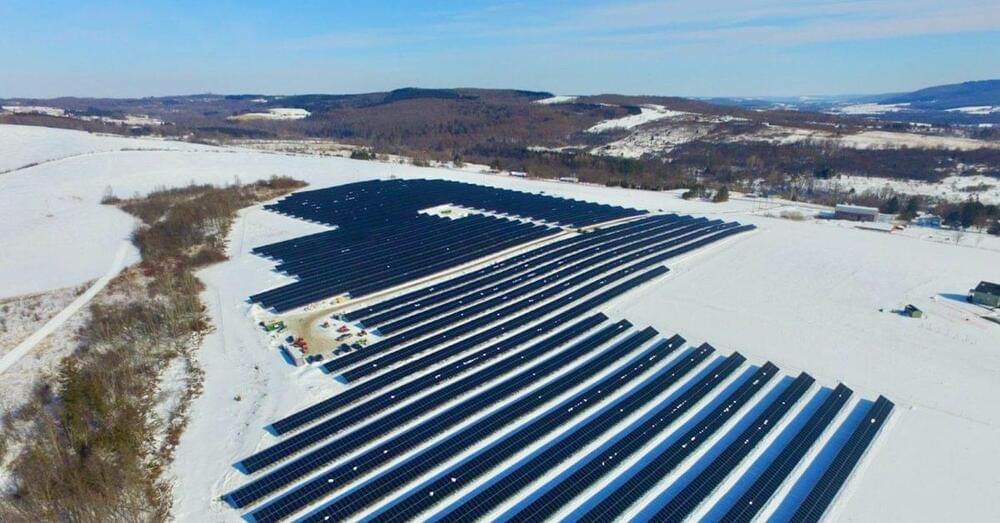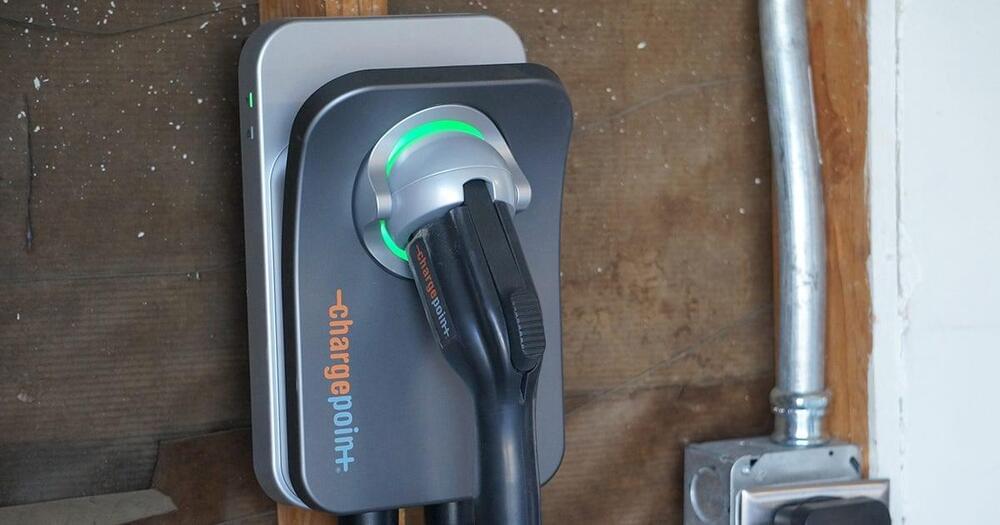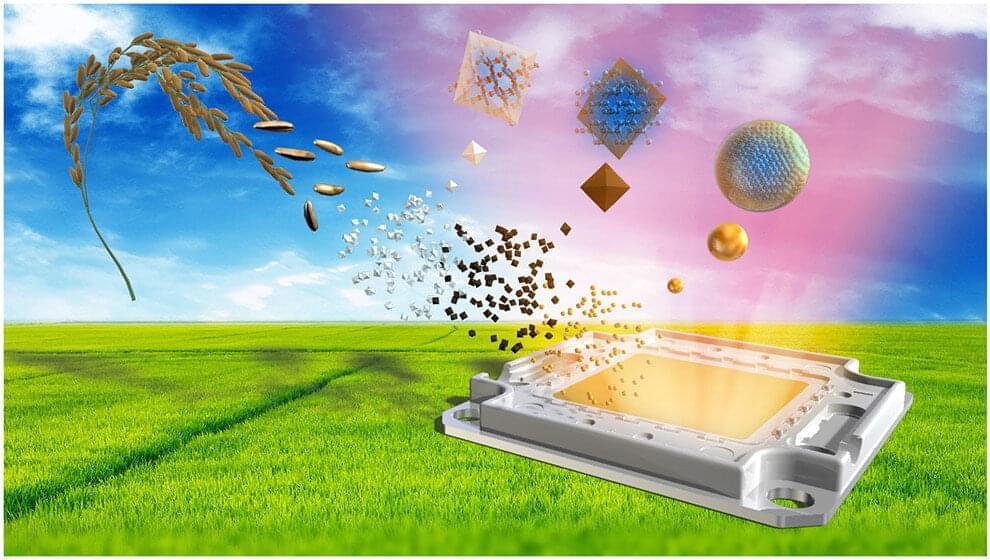
The most anticipated electric car of the decade is finally going to hit the tarmac in August later this year, and I can’t wait already. Yes, the iconic DMC DeLorean sports car that defined the pop culture of the 1980s and spilled far beyond just a couple of decades of fame is going to now be resurrected as an EV model. Earlier in the year, the gull-winged silhouette of the upcoming DeLorean excited all automotive fans, and now they’ve dropped a very clear half shot of the car’s rear, and a press release to keep all speculations alive. So, I can confidently say, the DeLorean is going to be back in the future!
The iconic car is in fact all set to hit the limelight on August 18, 2022, at the prestigious Awards Ramp at the Pebble Beach Concours d’Elegance. From what we see in the teaser image, the EV is going to follow the norm with a modern silhouette and this concept gives our imagination wings. If we ignore the rear that looks more akin to the Bugatti Chiron, the EV could be pretty similar to what we see in these renders. A bold form factor with an intimidating front could be on the cards. The side profile has to be sharp and flowing with a supercar-like domineer but slightly bend towards the coupe persona too. As per Troy Beetz, CMO of DeLorean Motor Company Inc, 0 “Excitement is rising like the doors of our iconic sports car, and we are revealing the next generation prototype 3 days earlier than planned on the most prestigious stage at Pebble beach.”
Designer: Recom Farmhouse, Kate Brown and Marvin Lübke.
